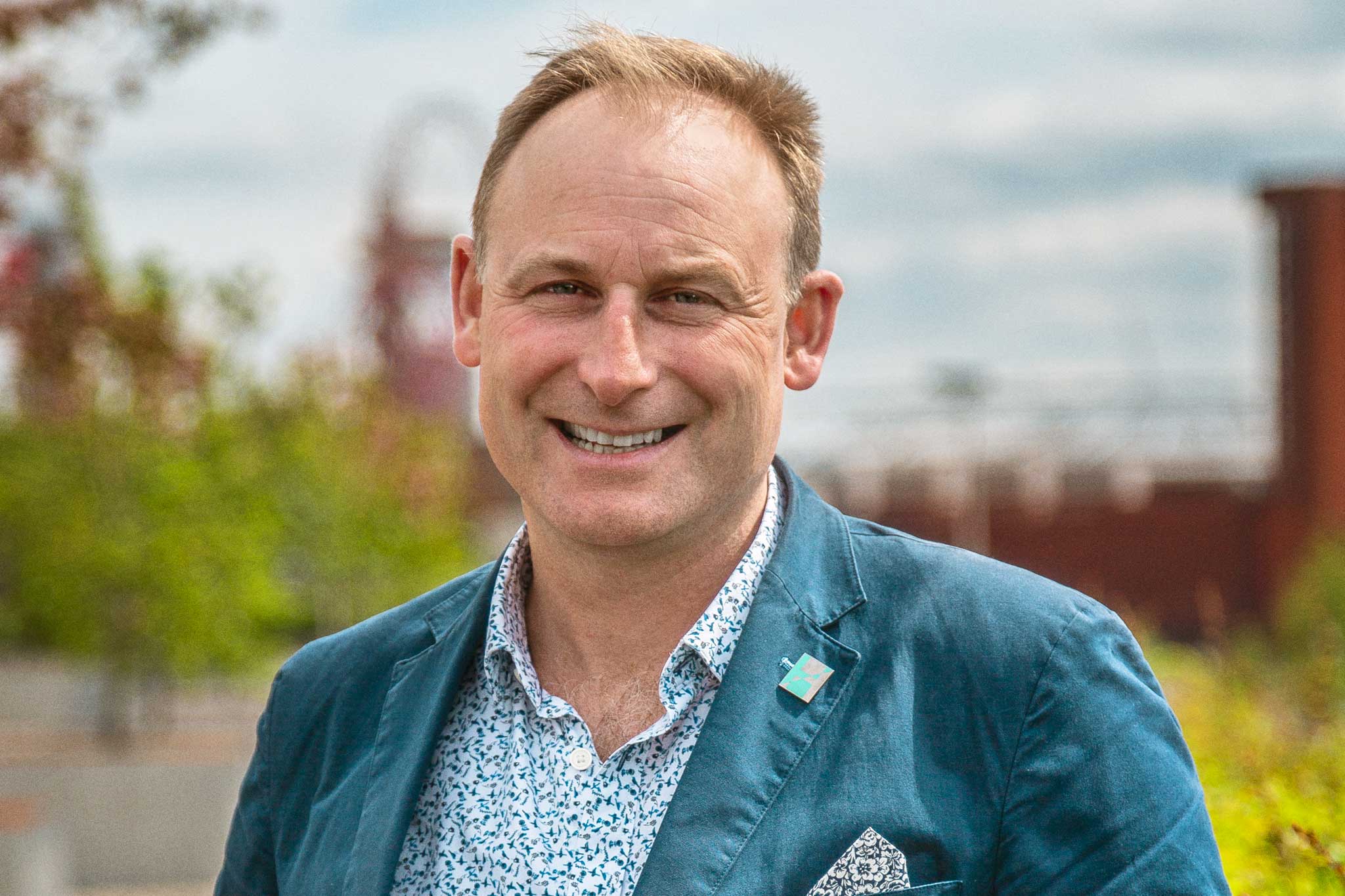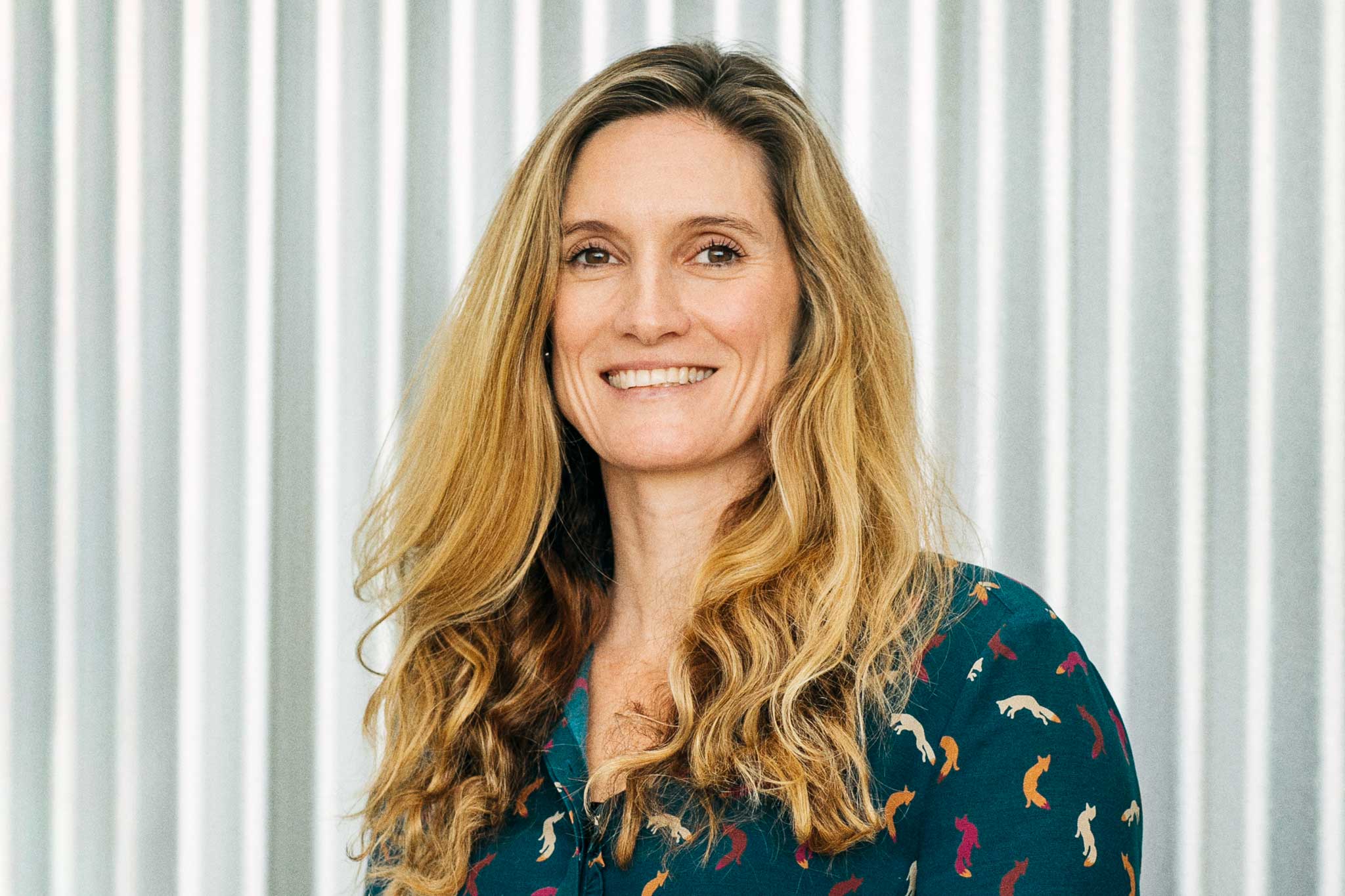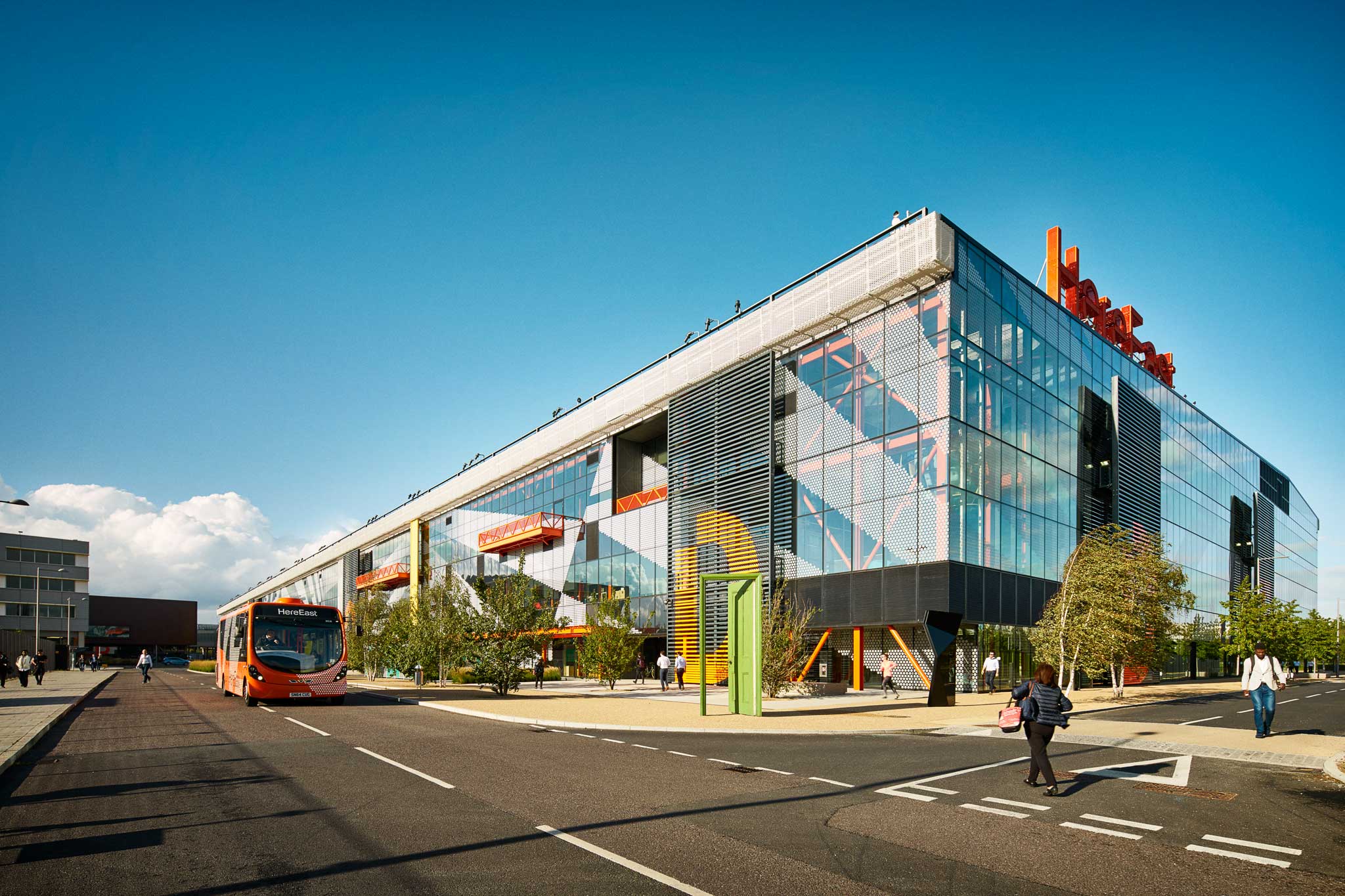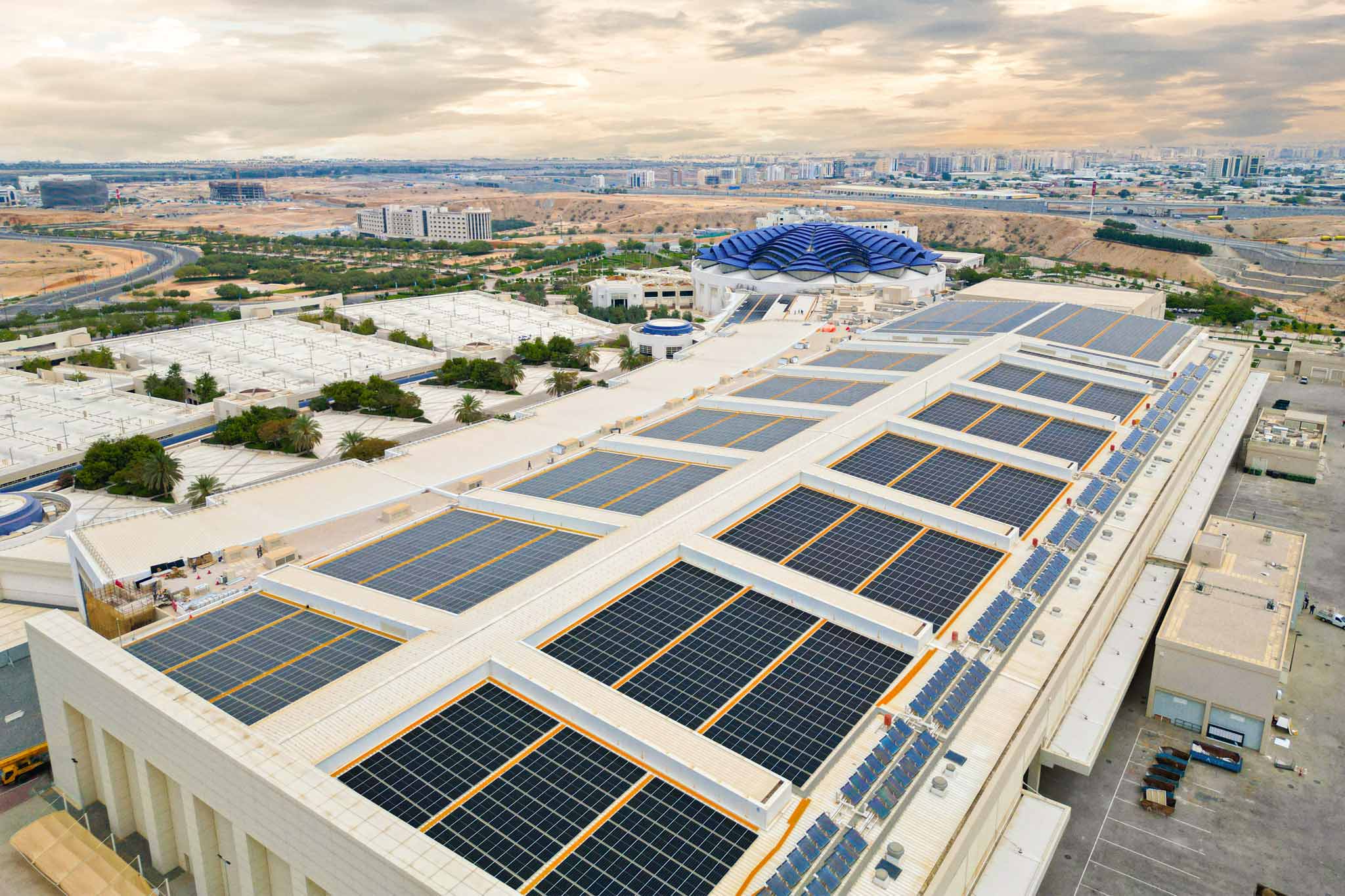On 5th August 2012, having dazzled London’s Olympic Stadium by his mere presence, Usain Bolt, the greatest 100 meter sprinter of all time, went on to electrify the night sky as he shattered the Olympic record. His feat sparked a frenzy of activity throughout the Olympic Park’s global press and broadcast centre, with the reports of 30,000 journalists duly despatched across every time zone heralding the smashing of personal bests, the fulfilment of lifetime visions and that ultimate quest of taking gold.
Little could the world’s sporting media have known then that the very same cavernous and high-tech building from which they were broadcasting their 2012 eulogies would assume a new guise equally dedicated to personal bests and striving for gold standards shortly after the starting gun was firing for the 2016 Olympic Games.
Transformed from its press and broadcast function to be unveiled in 2016 as Here East, an innovation campus set in the heart of the Olympic Village on the eastern fringes of central London, the complex and all that it has become today is the brainchild and vision of one man who has been its driving force from the outset.
“We won the rights to do the development after London 2012 with a very clear vision to create a campus with a technology focus and businesses working within the creative industry space,” says Gavin Poole, CEO of Here East. “We knew we could create an environment here where the large global corporates could sit alongside smaller start-ups and scaling businesses, and each party would learn from each other.”
To date, this innovative campus environment spanning 120,000 m² across two buildings framing a courtyard space has managed to attract a whole range and scale of businesses and in so doing has created 4,000 jobs, with the ultimate goal to almost double this amount in the coming years.
Major players such as BT Sport, Ford (Smart Mobility Hub) and Sports Interactive work alongside 122 smaller businesses housed within Plexal, Here East’s dedicated Innovation Centre and coworking space, and several smaller-scale creative start-ups based at The Trampery, Here East’s low-cost creative workspace.
Complementing this are a further 72 businesses working specifically on cybersecurity. Also, on-site as part of the campus’s omnium-gatherum are major universities such as University College London (UCL), Loughborough University and Staffordshire University, collectively participating in the special intellectual ecosystem that in its first four years has already taken deep root and flourished.
“The globals look into the innovation centre to see what they’re up to and then our start-ups look at the globals and ask how they can learn from them and how did they scale so quickly,” says Gavin Poole.
“The difference is that we’re not just cyber, or fintech, or TV production, or fashion; what we see is the benefit of having businesses who are focused on innovation and disruption into their current system or sector of business. Some are using technology to drive that disruption, whether in the creative industries or pure tech companies and what we look for is the diversity of businesses to come in.
“Our role as a business is to make sure we fully understand what people are doing in their businesses and what they want to do when they come here. Also, to look at opportunities across campus where they can interact with other businesses, with universities and so on,” says Gavin Poole.
“What we see is the benefit of having businesses who are focused on innovation and disruption into their current system or sector of business”
“That takes a lot, and we spend a lot of time trying to understand where the touchpoints are between businesses in the broader world and then the pure Here East world. That’s what I mean about being vision led, and we’re purists in pursuit of our vision.”
Bringing this vision to fruition and ensuring the touchpoints can benefit from solid germination and growth, in its first four years Here East has also made the optimum use of its meeting spaces throughout the campus.
Alongside a 1,000-seat fully equipped theatre space and smaller event space in Plexal, the facility has also utilised its spacious outdoor terraced areas for break-out and reception functions, as well as creating The Yard. It is the outdoor space between the Here East buildings that has evolved into a prosperous community gathering and collaboration zone.
There are other assembly spaces and studio areas within the university facilities on site as well, all on tap for bringing collective thinking into a defined arena. Since opening its doors Here East has already managed to secure some high-profile meetings and events with even-higher profile delegates along the way.
“In all we had 50,000 people come through the campus for events in 2019. We’ve had quite a few events based in the theatre but also lots of place-making events in The Yard, which has more of a community feel bringing the community into the space,” says Helen Fisher, Head of Marketing for Here East.
“We’ve had quite a few launches for London Tech Week where we had (ex-Prime Minister) Theresa May open it on the campus. We’ve also worked with the Smithsonian who came over from the US to run a big skateboarding event in The Yard. We brought in lots of Olympic skateboarders and also managed to build in a disability element in it because we have had the Global Disability Innovation Hub on the campus and Spoke, who also focus on disability.
“And we’ve also run big commercial agent events and many community events working together with London Legacy Development Corporation (LLDC).
“In addition to that we did the Samsung S8 Global launch where we live-linked the theatre to the Johnson Theatre in New York, so they had a NY launch and a London Global launch that were live-linked, which was fascinating,” says Gavin Poole.
“We’ve also taken the front off the theatre to put in a whole load of cars, put it back on and had a very visual car launch for Ford. We’ve done fashion shows as well and an esports demonstration match, so we’ve had a real mix of events that we’ve had on our bucket list.”
Whilst the first four years of Here East’s operation may have scooped gold in terms of delivering on the vision and nurturing growth, this has not been without some challenges along the way, such as having to balance the uptake of space in the complex with identifying the ideal chemistry of tenants on-site to best power innovation.
“We are 76 per cent let and soon to be 80 per cent because we have said no to more people than the space that we’ve got available, and this is because we are vision-led,” says Gavin Poole.
“We’ll say no to people if it’s not going to fit. Back office accountancy, back-office finance functions and HR teams out of banks have all been here, and it doesn’t work. It’s just not going to add value to the overall campus. Our current customer base won’t back us if we rip up our vision and let it out to create ’value’; the value comes from being purely vision led.”
Equally valuable for the campus tenants, or the “citizens of Here East” as they also liked to be referred as, is what they derive from the richness of collaboration and touchpoint opportunities, which have been dealt a serious blow by Covid-19.
“The value comes from being purely vision led … we’re purists in pursuit of our vision”
As a mission-critical and high-value facility Here East wasn’t able to fully close since the onset of the virus in March. Still, the numbers on site reduced dramatically, and much constructive thinking is in train to get the campus and its deeply collaborative culture prepared for a post-Covid future.
“It’s definitely about collaborating. Even during lockdown we’ve kept a close eye on all of the tenant companies and continued to build those relationships to make sure that we are fully aware of what events they’ve been running and what they’ve done virtually, and we continue to promote that,” says Helen Fisher.
“Lockdown has had a huge impact on all of the businesses. While we don’t necessarily have the critical mass on the campus, we think that once lockdown has eased, we’ll be perfectly positioned to provide a safe and secure environment for in-person events when people start coming back.
“I think that one of the advantages of this is that it’s taught a lot of people how to go virtual because it’s not been the primary way people have been running events historically,” says Helen Fisher.
“But I think what we’ll see in the future is possibly people moving towards more of a hybrid event strategy, where they will be running virtual and capitalising on those people that can’t make it in person in the future so that we can run those events concurrently.
“We’ve been keeping a close eye on all of our tenants and making sure that we’re continuing to build those relationships so that they feel a part of the campus very much.
“What we’ve also found that the quality of some of the more online conferences that we’re starting to see means that you do need a space to go and deliver that from and that those who do it in a professional, focused way can drive viewership successfully,” says Gavin Poole.
“However, we like gathering people, humans like networking, and they like the fun of going somewhere and having an experience which allows them to learn, and that’s not going to disappear. It may take us a year to get it back, possibly a bit longer, but it will come back.
“We are fully committed to those types of spaces, whether it’s in Plexal with their fully-equipped 250–350 event space or whether it’s our theatre space and our future plans for what that could look like going forward as we start to invest in that capability,” says Gavin Poole.
“We see that we are a species and a race that thrives on interaction and therefore mobilising that, curating that, convening and gathering people is in our DNA, and we will continue to do that at Here East going forward.”
Going forward in a post-Covid world will be a process and a journey that holds significant promise arising from the current challenges.
This will not only be for the innovative resident community, especially so as the facility begins to pivot its success to a more international audience, but also for the wider community, one that has been central to the campus plans from the outset and one that is now taking on a role greater than ever before.
“If anything that this health crisis has shown for us is that our strength and reach into the community has to be safeguarded and now is the time to double down on community programmes,” says Gavin Poole.
“We spend a lot of time trying to understand where the touchpoints are between businesses in the broader world and then the pure Here East world”
“Community is more important than ever before, and we are committed to it. The 4 E’s of Education, Employment, Enterprise and Environment are as important now, if not even more so, than when we wrote them aspirationally back in 2011 in the pre-bid stage.
“I feel that as we go through the 80 per cent barrier of let and when we’ve successfully delivered our vision of getting the right type of businesses which are scaling, growing and taking more space and filling it is the time that we can drive community engagement.
“That’s not just the aspiration of the team behind Here East because it’s what motivates us, but also it’s really important for our customers,” says Gavin Poole.
“We get pushed on that now. On what the talent pipeline is, on how we work in the local community, on how we can build our talent pipeline. How can we make sure that they’re not excluded? How can we add value into their community, how can we help add GVA (gross value added) into the wider community? All of a sudden, that is interesting.
“We meet people and take the brand out internationally, which is about brand building and also about raising awareness so that we can potentially gain more customers from international markets,” says Helen Fisher.
“This is not about us pivoting away from the community in Hackney and the local area, but it’s more about making everybody in the world more aware of Here East and the amazing collaboration that happens on the campus.”
The collaboration going on in Hackney and Here East has recently been formally recognised by the Royal Institute of Chartered Surveyors (RICS), whose Social Impacts Award Programme went to the facility. Not only for the Best Commercial Project of London and the South East but also for the Best Overall Project, the crème de la crème across fourteen disciplines of evaluation.
Reflecting such acknowledged success in their community impact bolstered by their campus collaborative triumphs, Here East is eager to adhere to a winning formula that has served it so well in its first four years of operation and seems well established for the years ahead.
“We look long-term, so five or ten years out and so we are very much configuring for the future, and that is still in our DNA,” says Gavin Poole.
“Our vision stays the same, and that’s not just because we’re dogmatic. The vision works, and we know it works both physically and virtually, and that’s what we’re committed to. Over the past years, we’ve had a huge amount of fun through this project, but I’ve always said that when Here East is full, that is when the fun starts. Now is when we can drive-forward.”






